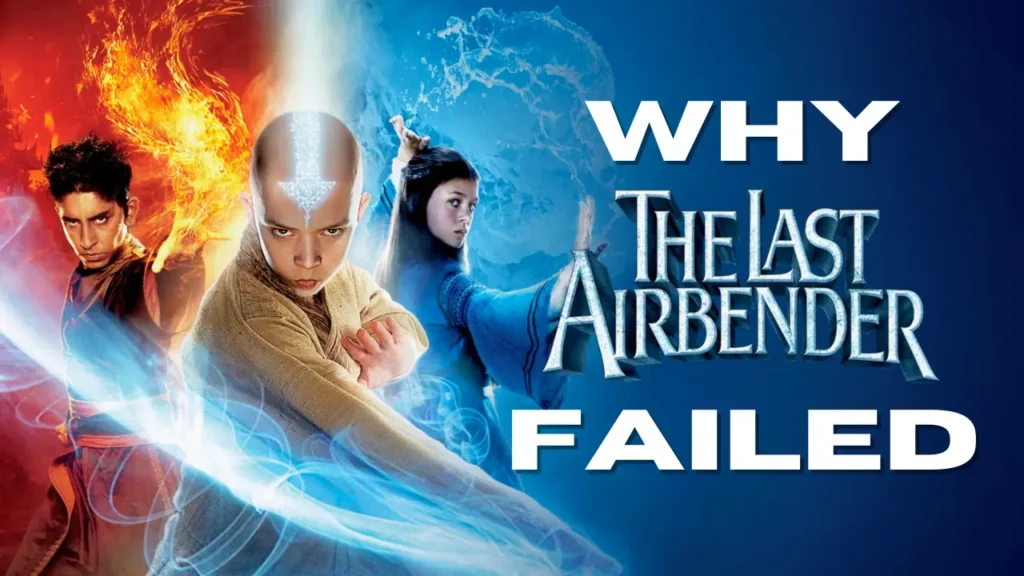Table of Contents
ToggleIn the realm of cinematic spectacles, “Wonder Woman 1984” emerged as a captivating sequel that sought to elevate the ardor ignited by its predecessor, the revered 2017 film “Wonder Woman.” A distinct duality looms over this sequel, for although the initial installment was tinged by a subpar video game conclusion, its first two-thirds resonated as an exceptional celluloid creation. Yet, consensus about the sequel reverberates with the notion that, to phrase it charitably, it scarcely scales the heights attained by its forerunner. Curiously, parallels abound between the two films, encompassing the gamut from Diana’s nascent years to her camaraderie with Steve Trevor, all the way to a sinister deity clandestinely manipulating affairs and moments of comedic disorientation in a world unknown.
The Illusion of Overwhelming Merriment
A pivotal query beckons: What lies at the heart of the cinematic stumble that is “Wonder Woman 1984”? The core crux mirrors the very essence of the movie itself. The central premise revolves around an enchanting artifact, an arcane stone that grants any solitary desire, albeit at a steep price. The film, in mirroring the stone’s ambivalent potency, perpetuates a paradoxical semblance. It is almost as though the creators, during the film’s genesis, beseeched the cinematic deities for an infusion of amusement, a plea that inadvertently metamorphosed into a glaring malediction.
Upon embarking on a visual odyssey through the tapestry of “Wonder Woman 1984,” discernment swiftly ensues. The film, in its entirety, emerges as an embodiment of exuberance – a kaleidoscopic world rendered in vibrant hues. Events unfurl with a leisurely pace, suffused with levity and mirth. Characters, too, embrace a disarming simplicity, akin to figures gracing the canvas of children’s animations. The prevailing atmosphere bears the aura of an idyllic afternoon cartoon. While an unequivocal belief in the inherent joviality of cinema has been my credence, a critical epiphany is now in order – an excess of joviality can indeed induce perilous repercussions.
Wonder Woman 1984: Tumultuous Trappings of Frivolity
Peril looms at the intersection of storytelling and entertainment when unmitigated gaiety supplants a sense of purpose and significance. Case in point – the film’s overture. An ostensibly innocuous prologue thrusts a young Diana into the crucible of a Wonder Women Olympics, an event bereft of any discernible gravitas. In stark contrast to its predecessor’s commencement – a multifaceted tapestry unfurling the world, culture, Diana’s formative years, and the crux of antagonism – the sequel falters. A void of meaning pervades, leaving spectators stranded in an ephemeral vortex of frivolous merrymaking.
The subsequent trajectory remains ensnared in the quagmire of mirthful pursuits. A banal robbery sequence beckons, yet its hollow execution echoes the overarching sentiment. The stakes remain tepid, devoid of fresh relationships, devoid of meaningful conflicts or growth. Regrettably, the tale’s emotional sine wave flattens into an interminable plateau, bereft of crescendos or troughs that galvanize the heart.
Ensnared in the Web of Superficiality
In the quest to distill characters into facile embodiments of amiability, the film succumbs to perilous shallowness. The intricate dynamic between Diana and Barbara Minerva, teeming with potential, is squandered in the quagmire of contrived camaraderie. Diana’s intrinsic flaw, her tendency to push others away, intersects serendipitously with Barbara’s alienation. A riveting prospect emerges – a symbiotic relationship forged in shared struggle, leading to profound conflict. Alas, the narrative cedes to a regrettably binary rivalry, akin to the reductive “Batman v Superman” trope.
Barbara’s psychological nuances, her envy of Diana’s allure, are presented with a perfunctory brushstroke. Opportunities to plumb the depths of her complex emotions remain untapped, as the film shies away from venturing into murky waters. The manifestation of Barbara’s yearning materializes in the form of sartorial transformation, where tighter dresses underscore a newfound allure. A chance to depict the empowering evolution of her personality dissipates into superficiality.
Fragile Threads of Authenticity
Compounded by an incongruous array of moments, the film’s integrity crumbles beneath the weight of dissonance. Instances such as Diana’s impromptu deployment of an invisible jet and the perplexing Fourth of July firework spectacle reek of forced inclusion, betraying the narrative’s organic flow. An assembly of such instances, intended to amplify entertainment value, instead dismantles immersion.
Consider the abrupt shift to an Egyptian setting. The narrative rationale, obscure at best, ostensibly revolves around oil interests. However, this thread dissipates swiftly, akin to a mirage in the desert sands. Incoherent escapades ensue, dissipating the semblance of coherence meticulously woven by the creators.
Beyond Excess: A Reflection
As the credits roll on “Wonder Woman 1984,” a sobering realization dawns – an indulgence in boundless amusement has proven the undoing of the narrative. This filmic escapade stands as a testament to the precarious precipice where entertainment overshadows purpose, characters flounder in the shallows of caricature, and disjointed elements fracture the very essence of storytelling.
In essence, “Wonder Woman 1984” beckons as a cautionary tale – a narrative teetering on the brink of chaos when ensnared by the siren call of unbridled joviality. The lesson reverberates: cinematic mastery lies not merely in surface-level elation but in the symphony of narrative depth, character authenticity, and thematic cohesion.
FAQs
What is “Wonder Woman 1984” (WW84)?
“Wonder Woman 1984,” also known as WW84, is a movie sequel that attempts to build upon the success of the 2017 film “Wonder Woman.”
How does “Wonder Woman 1984” differ from the original film?
While the first two-thirds of the original film were well-received, “Wonder Woman 1984” struggles to match the same level of acclaim due to various reasons.
What is the main premise of “Wonder Woman 1984”?
The movie revolves around a magical stone that grants wishes but comes with harmful consequences, mirroring the film’s own struggles with excess of fun.
How does the excessive emphasis on fun impact the film?
The relentless pursuit of entertainment causes the narrative to lose purpose and significance, leading to moments that lack emotional depth and coherence.
How do characters like Diana and Barbara Minerva suffer from the emphasis on fun?
The characters’ complexities are overshadowed by the need for simplicity, resulting in shallow relationships and superficial character arcs.
What are some examples of incoherent moments in the film?
Instances like Diana’s invisible jet and the sudden Fourth of July fireworks scene disrupt the narrative’s flow and immersion.
Why is it important for a film to balance fun with substance?
A harmonious balance between entertainment and narrative depth ensures a more engaging and immersive cinematic experience.
What lessons can be learned from “Wonder Woman 1984”?
The movie serves as a cautionary tale, highlighting the pitfalls of prioritizing excessive amusement over storytelling cohesion and character authenticity.
How can filmmakers avoid the pitfalls seen in “Wonder Woman 1984”?
Filmmakers should strive for a holistic approach that marries entertainment with narrative depth, creating a harmonious and memorable cinematic journey.
What is the ultimate takeaway from the analysis of “Wonder Woman 1984”?
The film underscores the significance of crafting a balanced narrative that resonates emotionally, offering audiences a fulfilling and authentic viewing experience.






